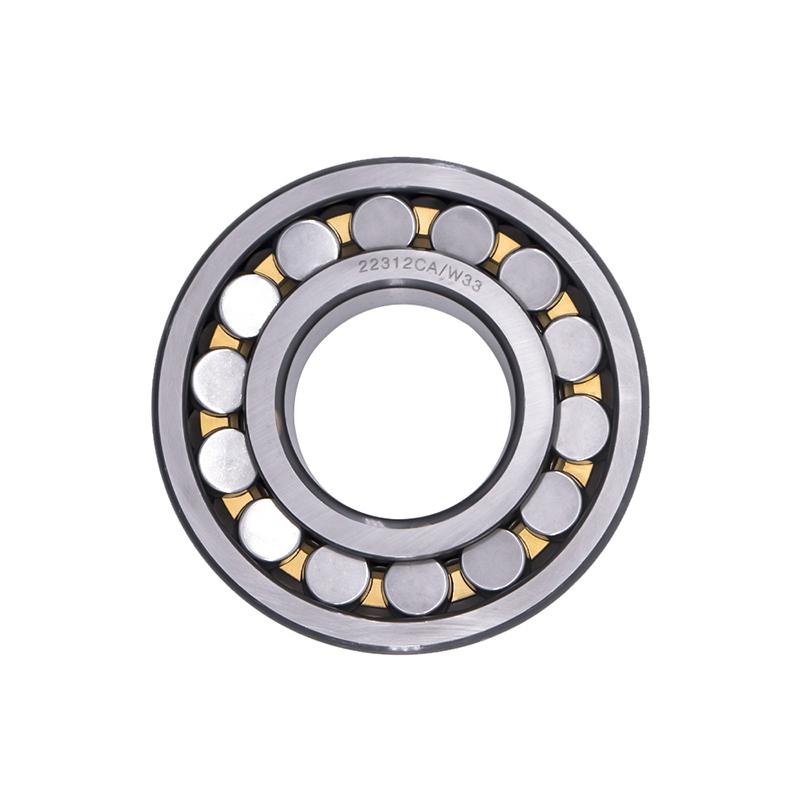Self-aligning ball bearings play a crucial role in ensuring smooth and efficient operations in various mechanical systems. These bearings are designed to accommodate misalignment and help reduce the overall stress on machinery components. In this article, we explore the key benefits of using self-aligning ball bearings in industrial applications.
What Are Self-Aligning Ball Bearings?
Self-aligning ball bearings consist of two rows of balls, a common outer ring, and two inner rings that allow the bearing to adjust its alignment automatically. This design makes them particularly suitable for applications where shaft alignment is difficult to maintain. They can accommodate angular misalignment of the shaft and housing, making them ideal for situations where alignment issues are common.
How Do Self-Aligning Ball Bearings Work?
The self-aligning feature is made possible by the design of the outer race. It is spherical, allowing the bearing to adapt to small misalignments without causing additional wear or failure. This helps maintain consistent performance and reduces the need for constant maintenance or realignment, which is especially important in large machines with long service lifetimes.
Common Applications
Self-aligning ball bearings are used in a wide range of applications, including in electric motors, pumps, and conveyors. Their ability to handle shaft misalignment makes them a good choice for industries where vibration, shock, or varying load conditions are common. They are also frequently used in agricultural machinery, construction equipment, and material handling systems.
Key Advantages of Using Self-Aligning Ball Bearings
-
Reduced Maintenance Requirements
Due to their self-aligning design, these bearings can withstand some degree of misalignment without incurring damage. This means less frequent adjustments and maintenance are required, ultimately extending the lifespan of machinery and reducing downtime. -
Increased Load Capacity
The dual-row ball configuration provides greater load capacity compared to other types of bearings. This makes them suitable for handling higher radial and axial loads, ensuring that machines operate efficiently under challenging conditions. -
Improved Operational Efficiency
The ability to absorb misalignment means that these bearings can maintain smooth rotation, even when the shaft and housing are not perfectly aligned. This reduces friction and wear, which in turn leads to smoother operation and less energy consumption. -
Versatility in Various Industries
The adaptability of self-aligning ball bearings makes them suitable for a wide array of industries, from automotive to aerospace, and even food processing. Their ability to perform well under high-speed and high-load conditions adds to their appeal.
Conclusion
In summary, self-aligning ball bearings are an essential component in many industrial applications, offering significant benefits such as reduced maintenance, increased load capacity, and improved operational efficiency. By incorporating these bearings into machinery, industries can ensure longer-lasting and more reliable equipment performance, even under challenging conditions.

